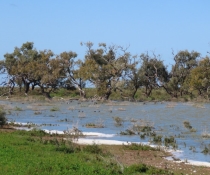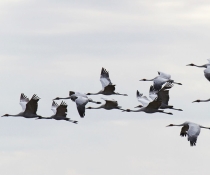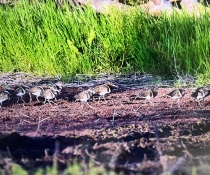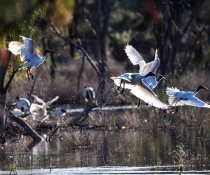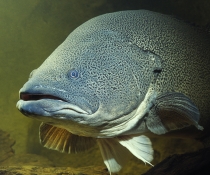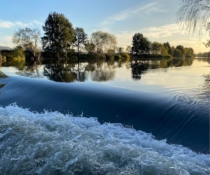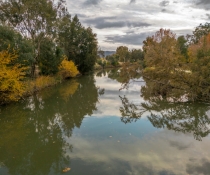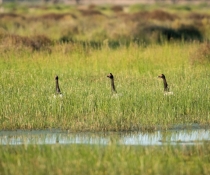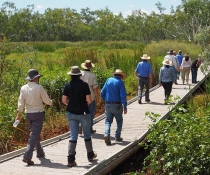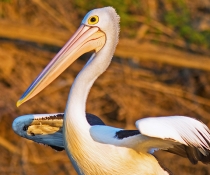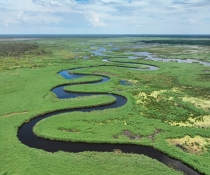How will water for the environment be used across New South Wales in 2024-25?
Planning is underway to decide where environmental water will be used to support rivers, wetlands, and water-dependent wildlife in the year ahead.
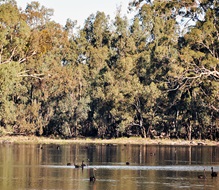
The NSW Water for the Environment program leads the management of environmental water in the state. The team manages a water portfolio for the New South Wales and Australian governments.
Each year, environmental water managers consult with local environmental water advisory groups (or 'EWAGs') to identify the priority needs of each river catchment based on:
- water availability
- lifecycle needs of native wildlife
- Aboriginal values
- recent and current catchment conditions
- short-term weather forecasts
- longer range climatic forecasts.
Director of the NSW Water for the Environment program, Dr Julie-Anne Harty, said the annual planning process was an important step toward restoring the long-term health of NSW rivers and wetlands.
'While we plan on an annual basis, we do so in the context of long-term river health and the increasing influence of climate change,' Dr Harty said.
'We can't predict when the next drought or extreme weather event will arrive, but water for the environment can help to build the resilience of our river systems and the wildlife that rely on them.
'Water for the environment is delivering habitat restoration on a landscape scale.'
In the north-west of New South Wales, environmental water managers are looking to build on the gains of previous wet years and prepare for future dry times.
Senior Team Leader Debbie Love said environmental water managers, in partnership with local environmental water advisory groups, would 'weigh up the pros and cons of a range of strategies to secure long-term outcomes for the wetlands, native fish, waterbirds and the downstream river environment'.
'At this stage in the planning cycle, we are considering the emerging water requirements for fish and wetland vegetation, both in the local environment and the Barwon–Darling,' Ms Love said.
'Water has been set aside in each of the northern NSW inland regulated rivers for use this year or in future years, depending on how much water is required.
'We use as little water as possible to achieve our targeted outcomes.'
In the south-west of New South Wales, the focus will be on connecting rivers and wetlands and supporting wildlife as they breed, feed, and grow.
Senior Team Leader Paula D'Santos said system-scale watering events would benefit long stretches of the river system and support outcomes for countless species.
The NSW Water for the Environment program publishes priority statements in July each year, summarising the target outcomes and planned watering actions for each catchment. This annual planning process is conducted in partnership with local environmental water advisory group. The membership of local environmental water advisory groups includes landholders, Aboriginal groups, community representatives, scientists, and partner agencies.
To learn more about water for the environment in your region visit www.environment.nsw.gov.au/my-river

